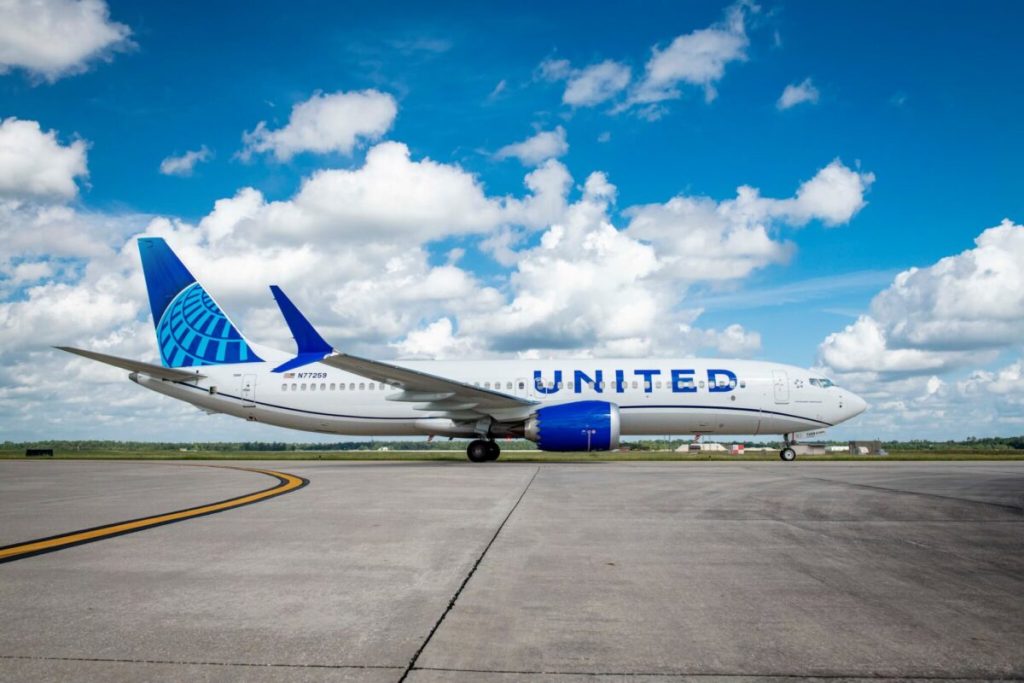United Airlines is making adjustments to its long-term fleet plans after the Federal Aviation Administration (FAA) placed production constraints on Boeing. The airline reported a $200 million hit during the first quarter due to the grounding of the 737 Max 9, which was grounded for nearly one month in January after an incident involving an Alaska Airlines plane. The grounding not only forced United to cancel thousands of flights but also led the FAA to halt the production expansion of the 737 Max line, affecting Boeing’s certification delays for the Max 7 and Max 10.
Initially, United expected to receive 80 Max 10s in 2024, but due to the constraints on production, it now anticipates not receiving any this year. United has converted part of its Max 10 order to the Max 9, with deliveries scheduled from 2025 to 2027. CEO Scott Kirby mentioned at a conference that the carrier had asked Boeing to stop making the Max 10 and adjusted its fleet plan to reflect the reality of what the manufacturers are able to deliver. United plans to leverage this situation to take advantage of an opportunity unique to the airline.
To make up for the delays in the 737 Max deliveries, United has decided to lease 35 new Airbus A321neos, expected to arrive in 2026 and 2027. The airline now anticipates receiving 61 narrowbody aircraft and five widebody aircraft to be delivered in 2024, down from its initial expectation of receiving 101 narrowbodies. This adjustment reflects United’s response to the delays caused by production constraints on Boeing’s 737 Max line.
United executives are set to hold a call with analysts about their first-quarter earnings on Wednesday, providing more details about the financial impact of the Max 9 grounding and the adjustments made to the airline’s fleet plans. The changes in delivery schedules and aircraft orders demonstrate United’s flexibility in responding to external factors that impact its operations. By leasing additional aircraft and converting orders to better match manufacturer capabilities, United aims to mitigate the financial impact of the Max 9 grounding and position itself for future growth and opportunities in the aviation industry.
The airline industry has been significantly affected by the Max 9 grounding and production constraints on Boeing, with airlines like United having to reevaluate their fleet plans and make adjustments to accommodate delays in deliveries. The grounding of the Max 9 and other certification delays have had financial implications for airlines, leading to operational challenges and changes in strategic decisions related to fleet expansion. United’s decision to lease additional Airbus aircraft and convert some of its Max 10 orders reflects a proactive approach to managing the impact of these external factors on its operations and future growth.
As United Airlines navigates the challenges presented by the Max 9 grounding and production constraints on Boeing, CEO Scott Kirby has emphasized the importance of adjusting the airline’s fleet plans to better align with the reality of manufacturing constraints. By converting orders and leasing additional aircraft, United aims to capitalize on opportunities unique to the airline and position itself for long-term success in the aviation industry. The adjustments made by United demonstrate the airline’s adaptability and strategic response to external challenges, ensuring that it remains competitive and well-positioned for growth in the evolving market landscape.















